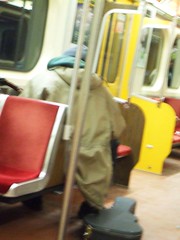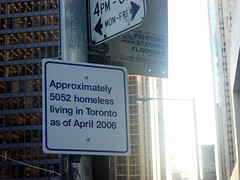
It makes it sound as though the city council or mayor has been caught doing something corrupt or fraudulent. Reading the article, one finds out there were 9 civil servants (working in social services) who are accused of insurance scams with Manulife, the city's supplier of health insurance. They allegedly made fake claims. This is being investigated, has been turned over to the Toronto Police right now, and the city sent the accused employees home (with pay, which is necessary when a charge is unproven).
Rob Ford, (the only councillor interviewed in this article on the same topic, opined "I've always said corruption is rampant at City Hall," he said. "I believe this is the tip of the iceberg."
The city is scrutinized in ways the federal and provincial governments aren't. The city is more efficient than any other level of government - it has to be - and yet, it is constantly being accused of waste. Our city budget is well in line with other large North American cities, it supplies services many other cities don't have to (due to good old Mike Harris), and every penny is watched. If 9 low-level employees of a company which employed over 50,000 were to scam their health insurance, nobody would claim the company itself was corrupt.
City News coverage of the same story






























